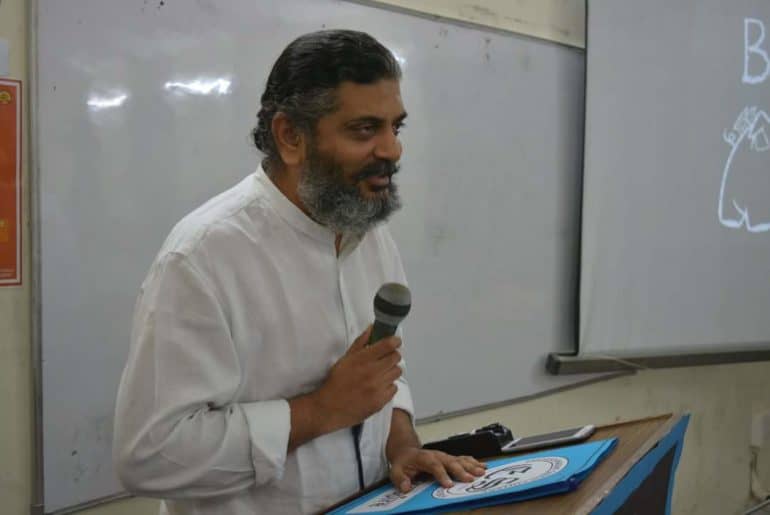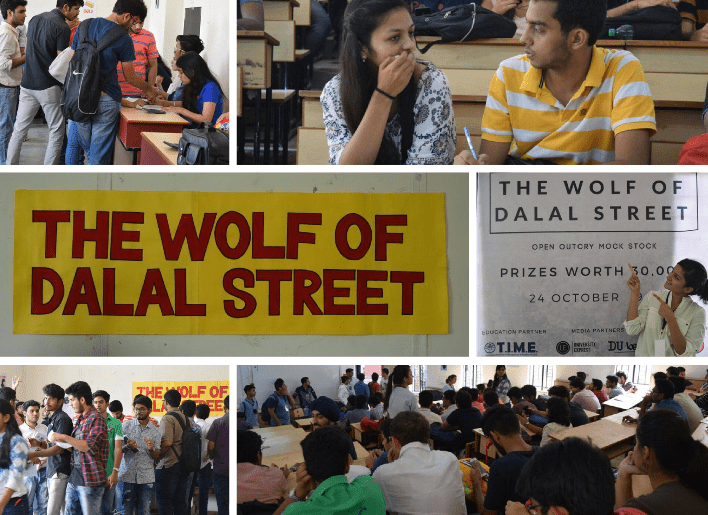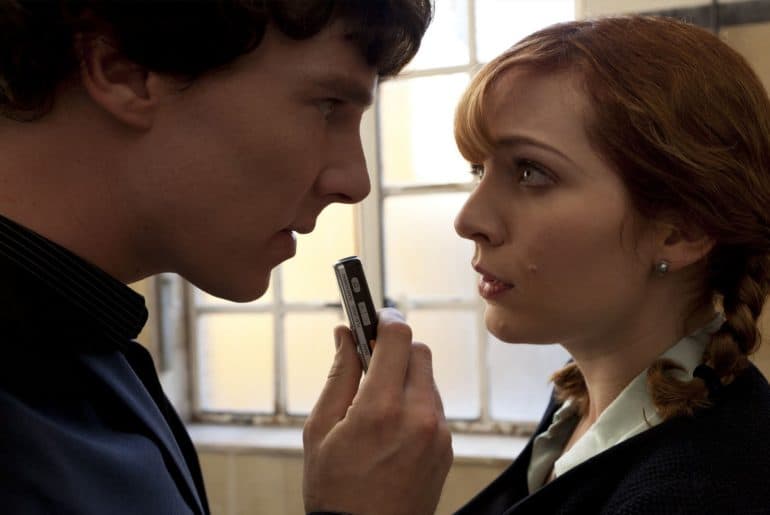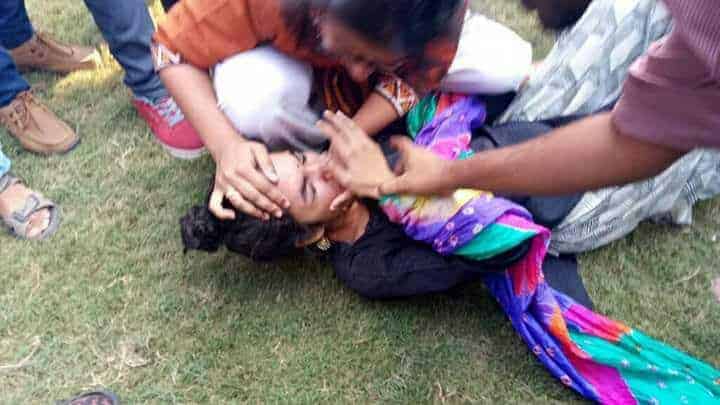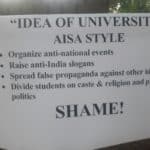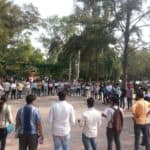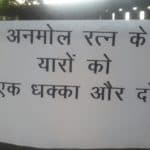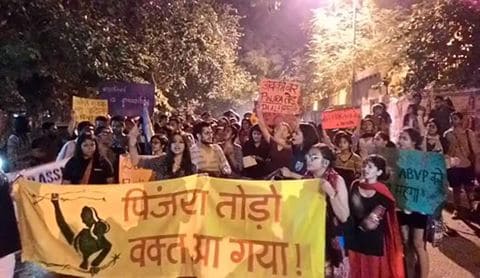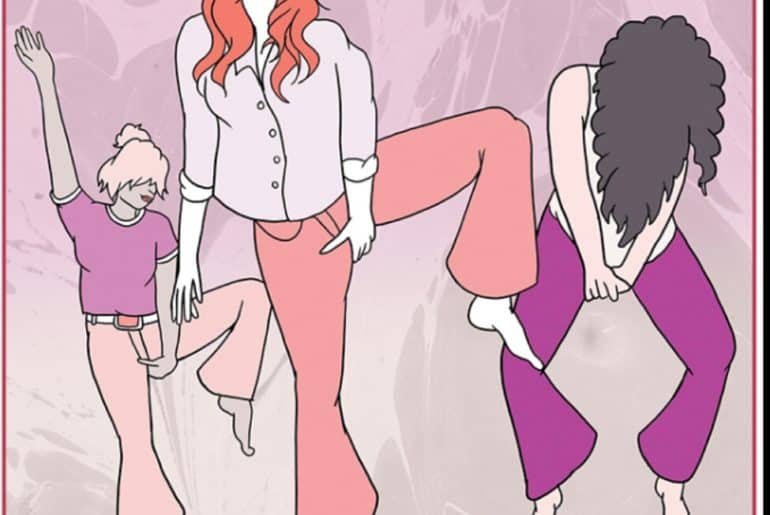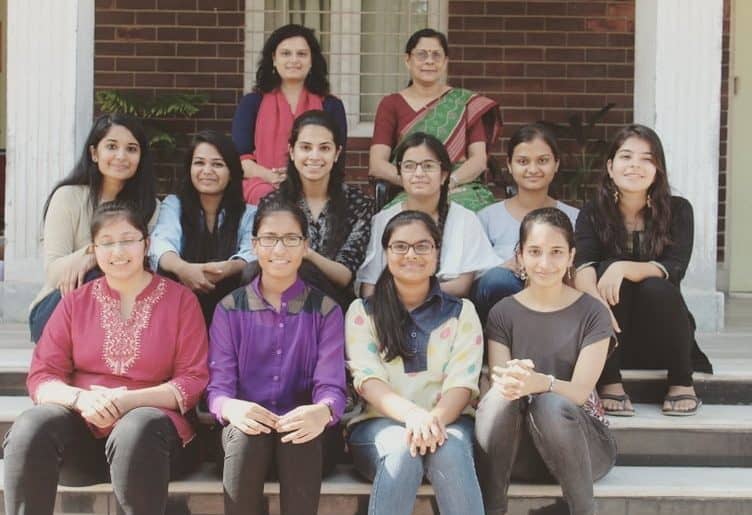Indian Economy is an unpredictable concept, with intricacies to understand and get an idealistic approach towards it’s nature. The students and teachers shall come together to get a good and deep knowledge of it. With this initiative, ECOSPIRE: The Economics society of Shaheed Bhagat Singh College organized a seminar on ”Budgetary Reforms and the GST: Issues and Options” on 25th October, 2016.
With the celebration of its Golden Jubilee year, the seminar witnessed eminent speakers like Dr. Sacchidananda Mukherjee and Dr. Laveesh Bhandari who gave their viewpoints on the topic and shared their experiences erstwhile.
The speakers arrived at the venue in the morning from where the guests were escorted along with the principal to the seminar room for the inauguration ceremony. The convener Mr Jayesh Adeshra in the presence of the entire faculty welcomed the speakers. The seminar kickstarted with a speech by Dr. Laveesh Bhandari who currently serves as a Director of Indicus Analytics Pvt Ltd., on the topic “Budgetary Reforms” where he discussed about the basics of a government budget and how it affects the political atmosphere and the public, in general. He talked in detail about the budget deficit and the over and under expenditure done by the government in various sectors of the economy. He talked about the plight of the public sector undertakings (PSUs) in the economy and the effect on the budget deficit due to immense expenditure done by the government to recover the losses of this sector.
His speech was followed by a question hour in which he entertained all the questions asked by students and even teachers in the seminar.
The next speech was given by our second speaker Dr. Sacchidananda Mukherjee who is currently an Associate Professor at National Institute of Public Finance and Policy (NIPFP), on the topic:”GST: issues and options”. In his speech, he explained in detail about GST and its effect on the household, and the markets. He explained how GST will widen the tax base by expanding the coverage of economic activities and cutting down exemption, achieving better tax compliance through mitigation of tax cascading, double taxation, and lowering the tax burden on the middle class section of the economy by giving numerical examples to prove the same.
After the speech, he responded to the questions asked by students in the question hour which noticed active participation. The seminar concluded with the conveyor presenting the mementos to the speakers. The students left the venue carrying a deep insight on the topic.

